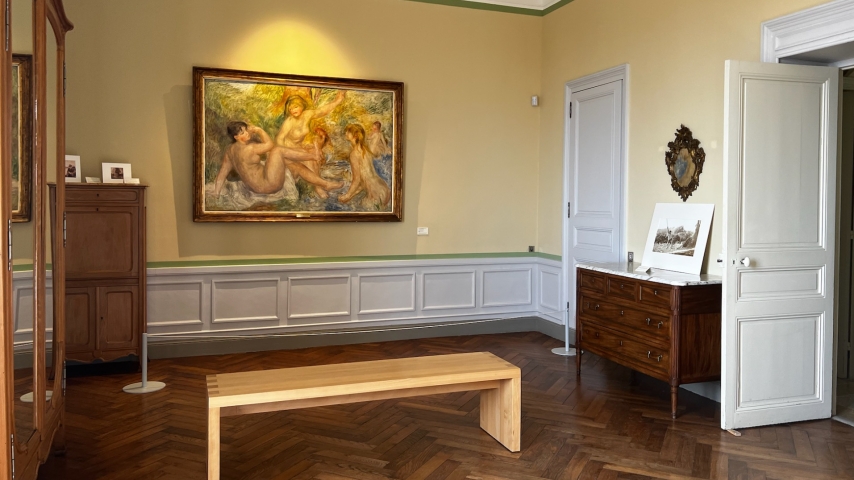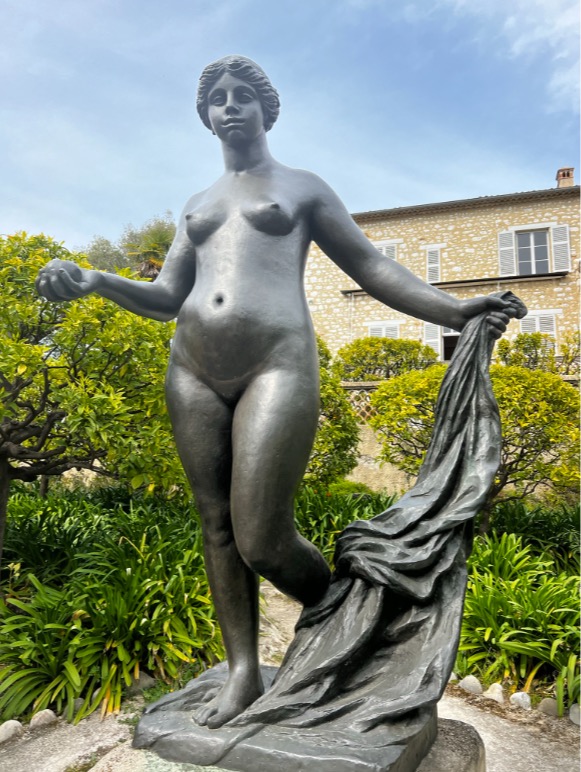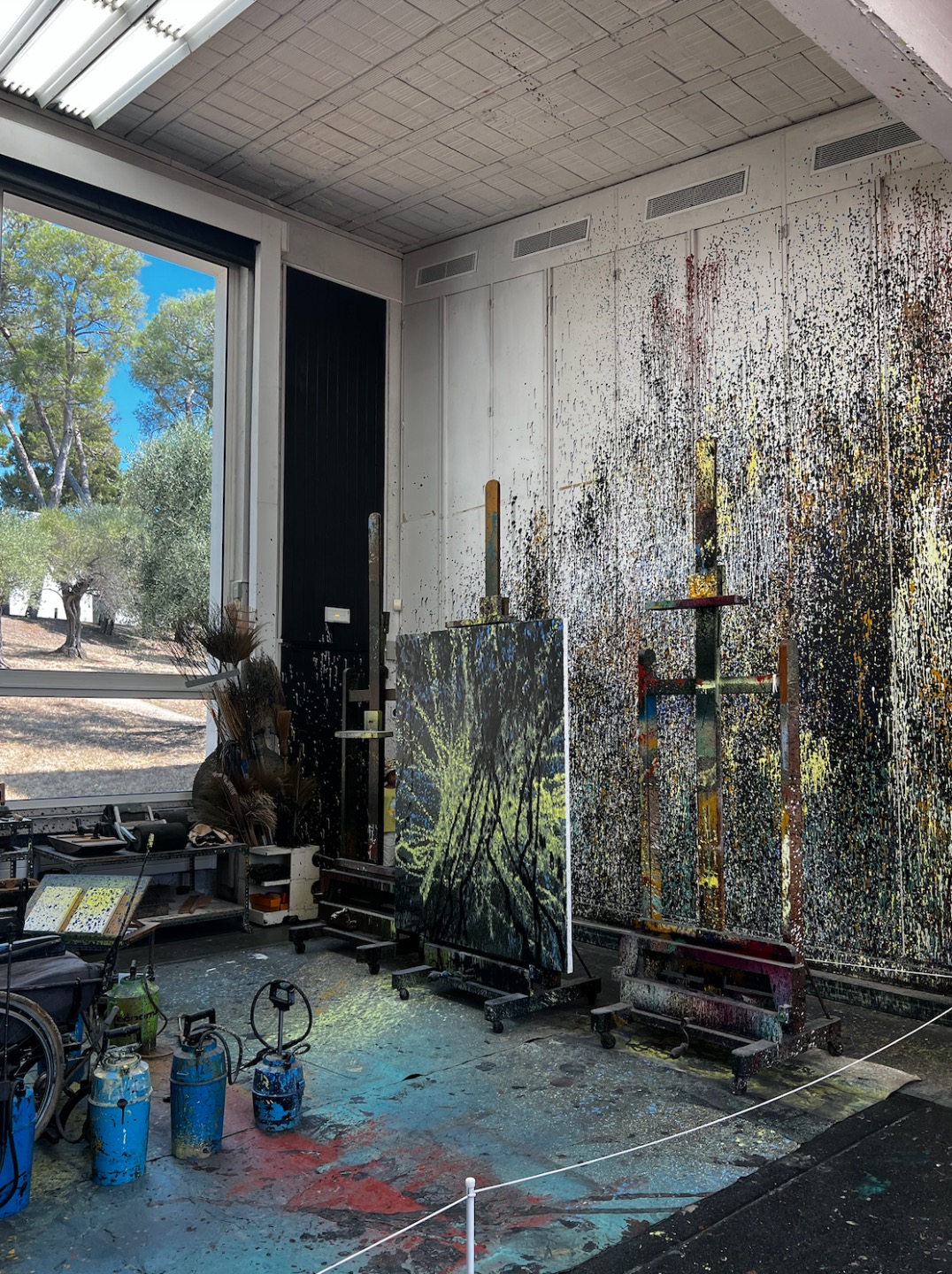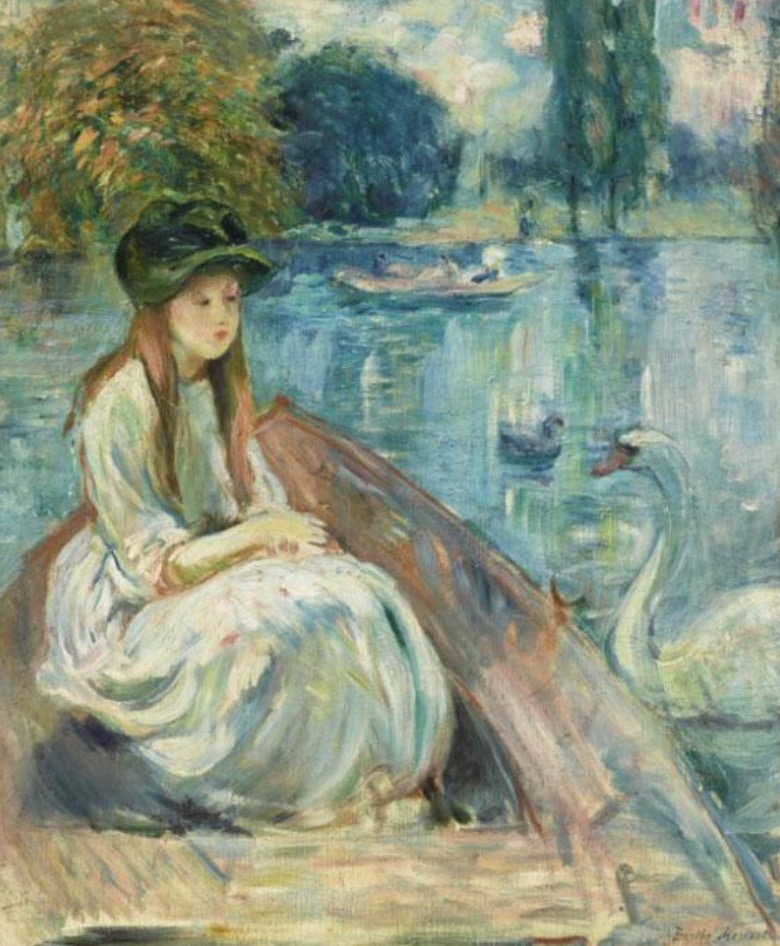
Фото: The Art Trotter
For more than a century and a half, the French Riviera has drawn painters, sculptors, and collectors to its crystalline shores and golden light. From the studios of Renoir and Matisse to the modernist visions of the present day, the region has developed into one of the most culturally dense strips of coastline in Europe. Yet even seasoned visitors can find the artistic abundance overwhelming to navigate.
This summer, a new tool is quietly transforming how culture is explored here. The French Riviera Art Guide, launched by the international platform The Art Trotter, offers a curated digital roadmap to over 45 destinations between Menton and Saint-Tropez. It is the only mobile-optimised, English-language guide of its kind focused exclusively on the Riviera’s art scene.

Photo credits: The Art Trotter.
Designed to be both beautiful and practical, the guide features hand-picked selections that span museums, private collections, sculpture parks, artists’ homes, and lesser-known gems. It’s a product of years of development in the Nordics, where the same format has already become a summer tradition. Following a successful pilot in 2024, the guide now enters its first full edition tailored for the South of France. This is more than a list of addresses. With an integrated digital art map, mobile-friendly layout, and suggestions for road trips and thematic escapes, the guide is built for spontaneity as much as planning. It offers not only access but inspiration. “We designed the guide to be as beautiful and inspiring as the region itself — but also simple, personal, and practical,” says the team behind The Art Trotter. “Art shouldn’t feel distant or difficult to access. This is our invitation to explore.”

Photo credits: The Art Trotter.

Photo credits: The Art Trotter.
The Riviera has long rewarded those willing to wander. Now, with a tool that fits easily into a traveler’s pocket, the path to discovery has become clearer. And while the guide is free to download and simple to share via social media, it also serves a broader purpose - encouraging deeper engagement with the region’s museums, galleries, and cultural institutions.
In a region where beauty has always spoken for itself, perhaps what was missing was simply a way to listen more closely.

